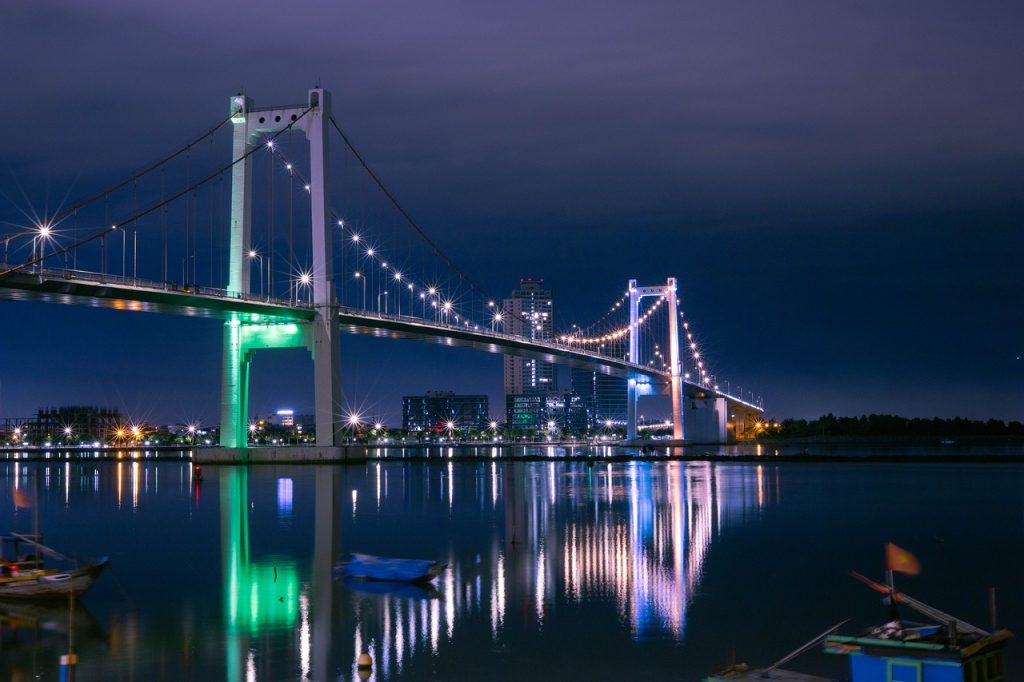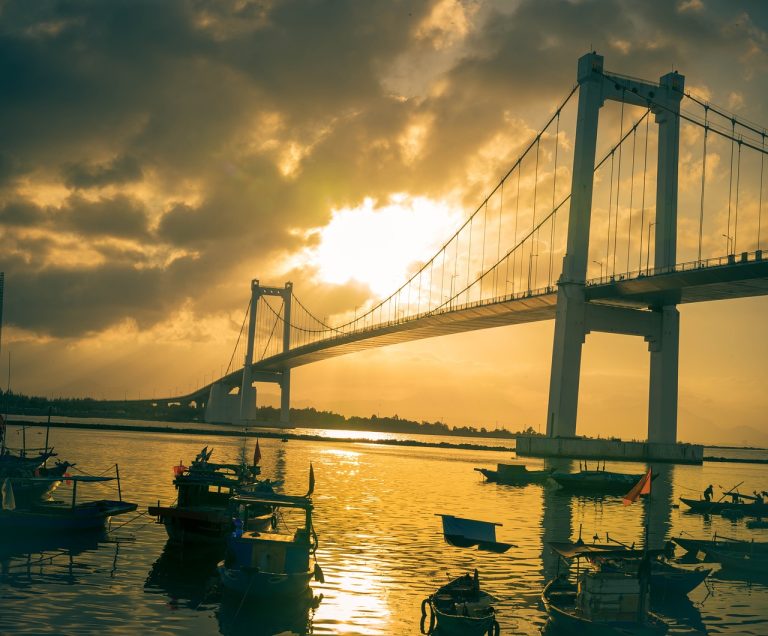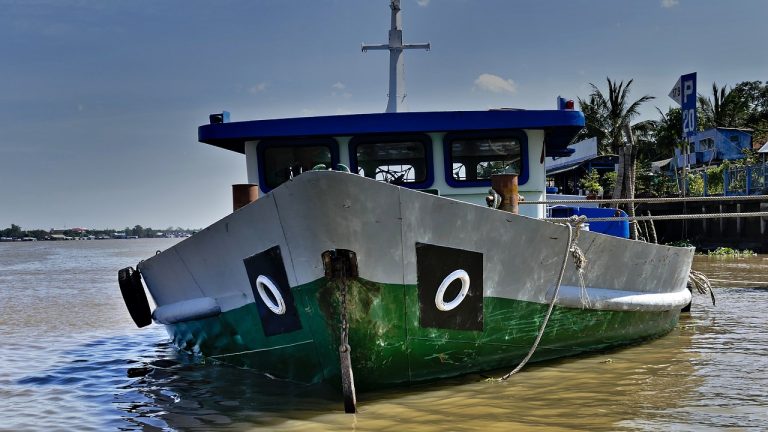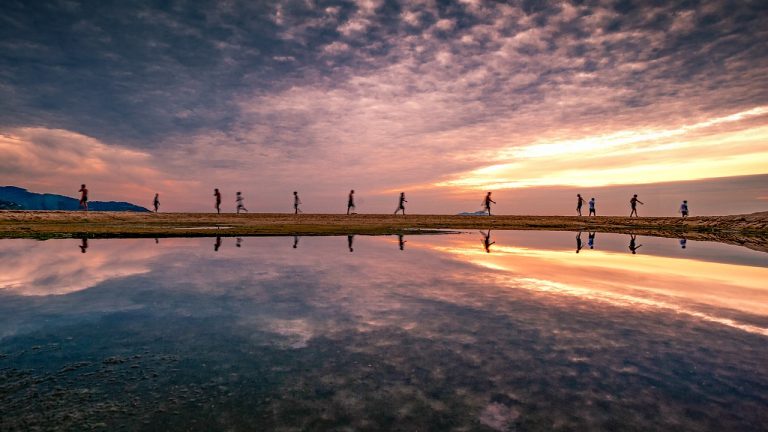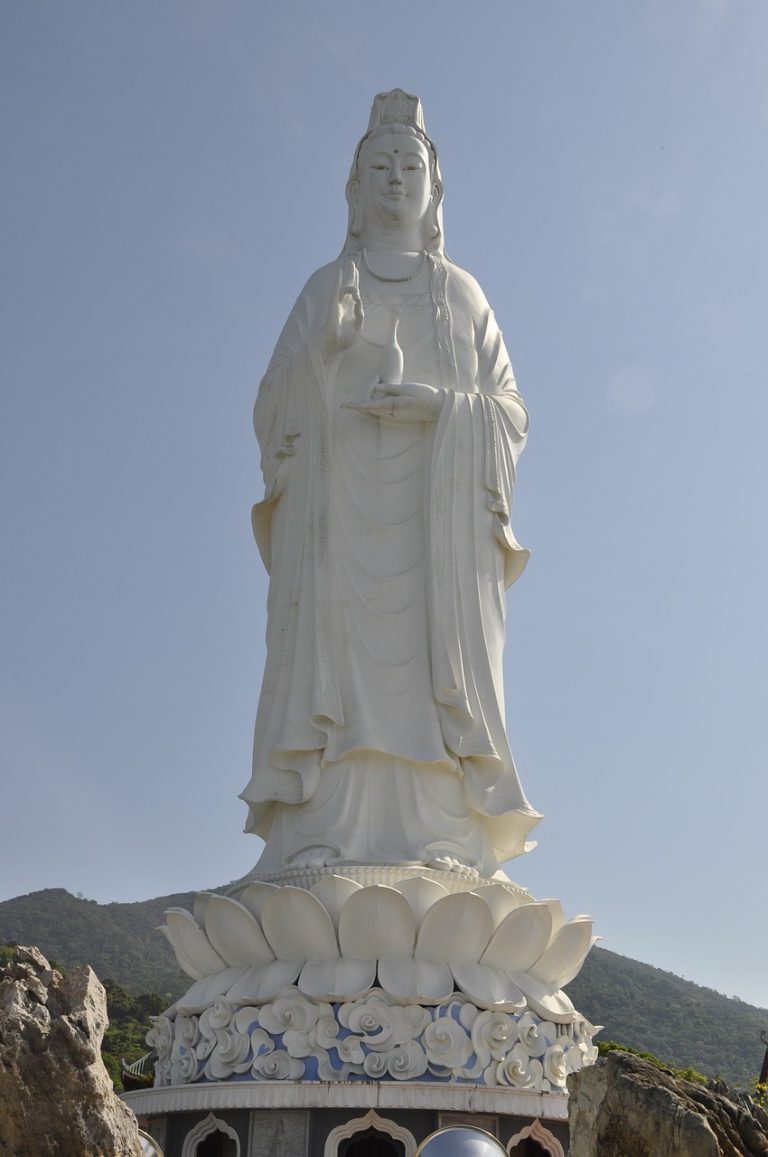Da Nang Vietnam Video
The Cultural Evolution of Da Nang Vietnam
Da Nang is a vibrant city located in central Vietnam, known for its rich history, stunning landscapes, and dynamic cultural scene. Over the years, the city has undergone a remarkable cultural evolution, blending traditional Vietnamese heritage with modern influences. This article explores the various aspects of Da Nang’s cultural evolution, from its ancient origins to its present-day prominence as a popular tourist destination.
Ancient Origins
- Cham Civilization: Da Nang was once part of the ancient Cham Kingdom, which flourished from the 2nd to the 15th century. The Cham people, who were of Hindu-Buddhist faith, left behind numerous archaeological sites and unique architectural structures.
- My Son Sanctuary: Located just outside Da Nang, the My Son Sanctuary is a UNESCO World Heritage Site that showcases the remnants of the Cham civilization. It consists of a cluster of Hindu temples, reflecting the architectural brilliance of the Cham dynasty.
- Hoi An Ancient Town: Situated nearby, Hoi An is a well-preserved trading port that thrived during the Cham period. The town’s architecture and cultural heritage provide a glimpse into the region’s ancient past.
Da Nang Vietnam Image 1: 
French Colonial Influence
- Colonial Architecture: During the French colonial period, Da Nang experienced significant urban development, resulting in the construction of grand buildings and elegant boulevards. The architectural style reflects a fusion of French and Vietnamese elements.
- Han River: The Han River, which flows through the heart of Da Nang, became a focal point for the city’s development. The iconic Han River Bridge, designed by a French architect, is a testament to the city’s colonial past.
- Museums: Da Nang is home to several museums that showcase the city’s colonial history, including the Museum of Cham Sculpture and the Da Nang Museum of Fine Arts.
Modern Development
- Son Tra Peninsula: Also known as Monkey Mountain, the Son Tra Peninsula offers breathtaking views of the city and the coastline. It has become a popular tourist destination, featuring luxury resorts, pristine beaches, and the iconic Linh Ung Pagoda.
- Dragon Bridge: One of Da Nang’s most recognizable landmarks is the Dragon Bridge, which spans the Han River. The bridge is illuminated at night and occasionally breathes fire and spouts water, captivating both locals and visitors.
- Asia Park: This amusement park combines modern entertainment with traditional Asian themes, featuring thrilling rides, cultural performances, and a giant Ferris wheel offering panoramic views of the city.
Da Nang Vietnam Image 2: 
Art and Culture
- Da Nang International Fireworks Festival: Held annually, this world-renowned event attracts pyrotechnic teams from around the globe to compete and showcase their dazzling displays over the Han River.
- Da Nang Museum of Cham Sculpture: The museum houses an extensive collection of Cham artifacts, including intricately carved stone sculptures, pottery, and ancient artifacts that highlight the cultural heritage of the region.
- Street Art: Da Nang has embraced street art as a means of cultural expression. Various murals and graffiti can be found throughout the city, adding vibrancy and creativity to its urban landscape.
Culinary Delights
- Seafood: Da Nang’s coastal location makes it a paradise for seafood lovers. Freshly caught fish, prawns, crabs, and squid are among the many delectable options available at the city’s vibrant seafood markets and restaurants.
- Banh Xeo: This traditional Vietnamese pancake, made with rice flour and turmeric, is filled with shrimp, pork, bean sprouts, and herbs. It is a popular local dish and a must-try for visitors.
- Mi Quang: Originating from Da Nang, Mi Quang is a unique noodle dish characterized by its yellow turmeric-based broth, topped with a variety of ingredients such as shrimp, pork, herbs, and peanuts.
Da Nang Vietnam Image 3: 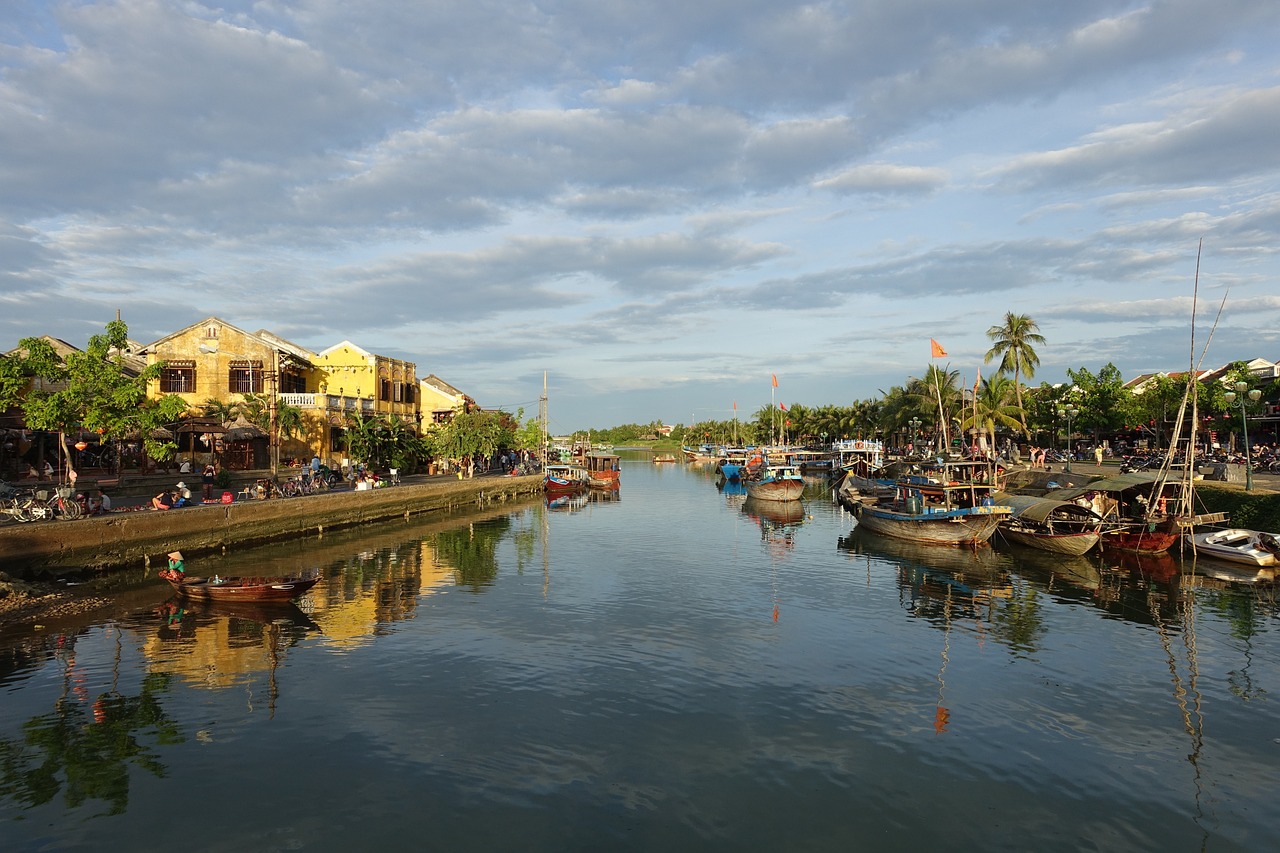
Nature and Outdoor Activities
- Marble Mountains: These five limestone peaks are a popular attraction, offering panoramic views of the city and housing several Buddhist sanctuaries and pagodas.
- Ba Na Hills: Located just outside Da Nang, Ba Na Hills is a mountain resort known for its French village, cable car rides, and magnificent views.
- Son Tra Nature Reserve: With lush forests and diverse wildlife, the Son Tra Nature Reserve is a haven for nature enthusiasts. It is home to the rare red-shanked douc langur.
Festivals and Celebrations
- Tet Festival: Da Nang comes alive during the Lunar New Year celebrations, with vibrant parades, traditional performances, and fireworks.
- Da Nang International Marathon: This annual event attracts runners from around the world to compete in the scenic coastal route of Da Nang.
- Mid-Autumn Festival: Celebrated in September, the Mid-Autumn Festival is a time for lantern processions, mooncakes, and cultural performances.
Conclusion
Da Nang’s cultural evolution is a fascinating journey that reflects the city’s diverse heritage and contemporary spirit. From its ancient origins as part of the Cham civilization to its French colonial influence and modern development, Da Nang has become a vibrant destination that seamlessly blends tradition and progress. With its rich cultural offerings, stunning landscapes, and warm hospitality, Da Nang continues to captivate visitors from around the world.
References
- danangfantasticity.com
- vietnam.travel
- mysonsanctuary.com
- hoianworldheritage.org
- chamsculpturemuseum.vn

